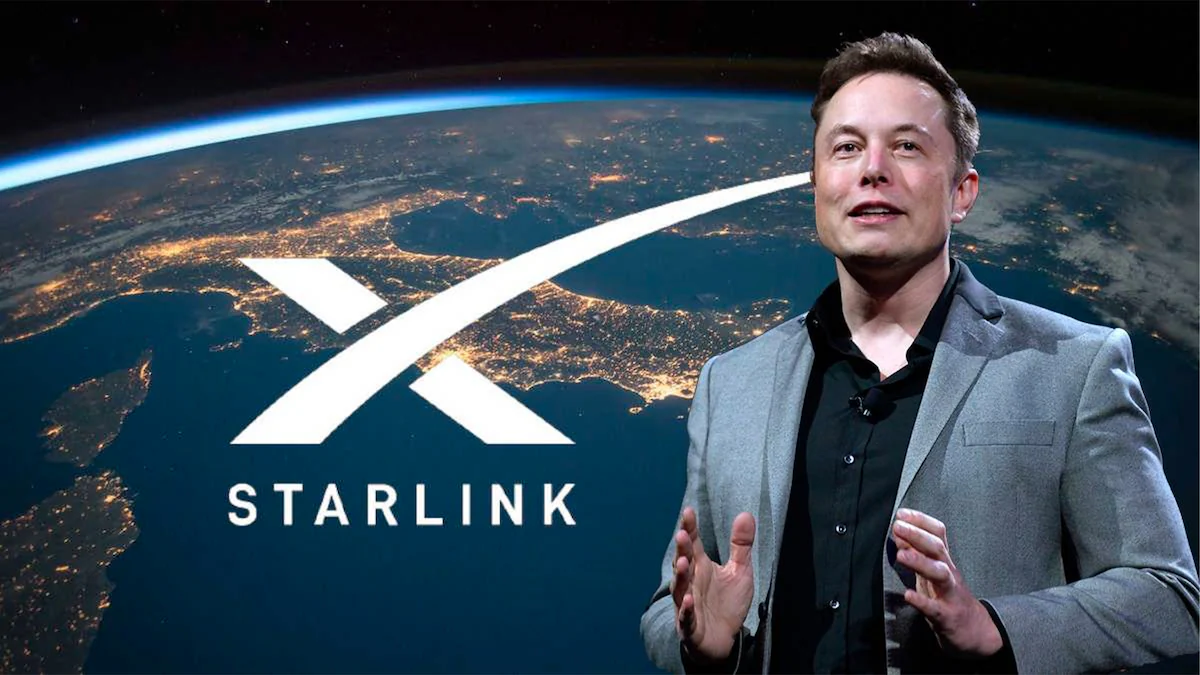Starlink Direct-to-Cell service, the revolutionary internet offering by Elon Musk’s SpaceX, has expanded to five more countries. Following a successful launch with T-Mobile in the U.S., Starlink now partners with major telecom operators in Canada, New Zealand, Japan, Australia, and Switzerland to provide mobile connectivity directly via satellite.

A post shared by a Starlink engineer on X announced that Rogers, a major telecom operator in Canada, has joined the initiative. Other telecom operators onboarded include One in New Zealand, KDDI in Japan, Optus in Australia, and Salt in Switzerland. In response to the announcement, Elon Musk confirmed:
“Starlink’s new system enables Internet connectivity for your mobile phone with no extra equipment or special app. It just works.”
Global Expansion of Starlink Direct-to-Cell Service
Starlink Direct-to-Cell is steadily expanding globally. Musk recently hinted that the service will soon roll out in all countries where Starlink operates. To achieve this, SpaceX has launched 42 new satellites, including 26 equipped with direct-to-cell capabilities. The company plans to collaborate with telecom carriers in each region to ensure seamless deployment.
Starlink’s African operations are also growing rapidly. Nigeria became the first African country to launch Starlink satellite internet in January 2023, and Botswana’s recent onboarding brought the total number of African countries served to 15. Globally, Starlink now operates in 105 countries.
How Starlink Direct-to-Cell Works
Starlink Direct-to-Cell service enables users to text, call, and browse the internet without additional equipment or specialized apps. This technology works with existing 4G-enabled mobile devices, making it accessible to millions worldwide. According to Starlink’s website:
“Starlink satellites with Direct to Cell capabilities enable ubiquitous access to texting, calling, and browsing wherever you may be on land, lakes, or coastal waters.”
What to Expect
Starlink announced its plans for direct-to-mobile internet in October 2022, intending to start with texting in 2024 and roll out voice, data, and IoT services by 2025. True to its promise, Starlink successfully sent and received its first text messages on January 8, 2024, using T-Mobile’s network spectrum and one of its new satellites.
With this innovation, terrestrial mobile operators may face competition. However, Elon Musk has emphasized collaboration over rivalry. For example, MTN, Nigeria’s largest telecom operator, is already exploring partnerships with Starlink to extend its services to underserved areas.





